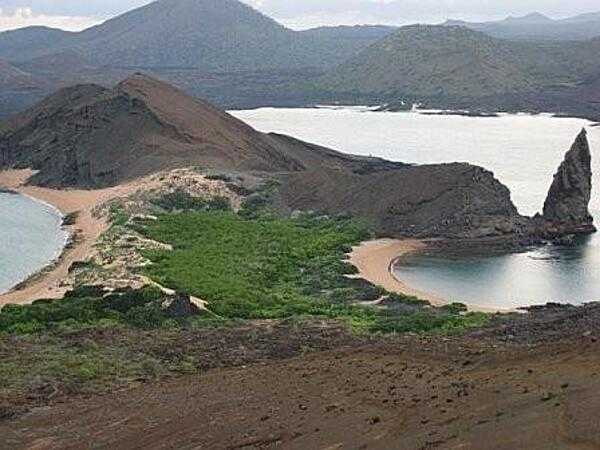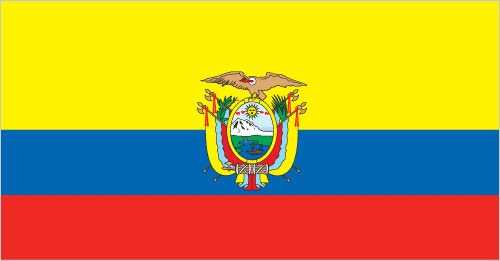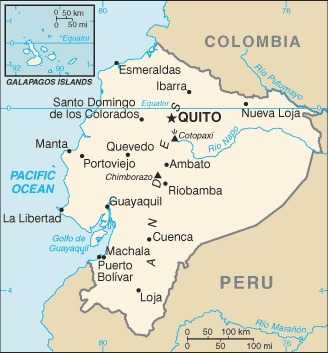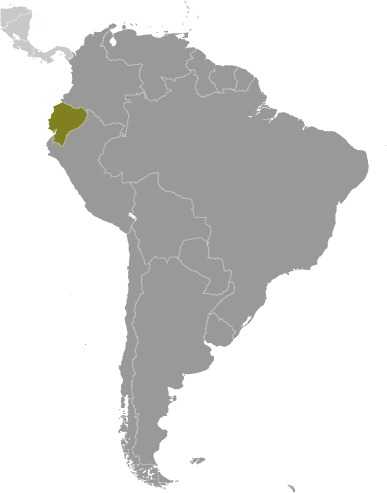Introduction
Visit the Definitions and Notes page to view a description of each topic.
Geography
People and Society
Population
comparison rankings: total 68; male 69; female 69
Languages
Median age
comparison ranking: total 153
Population growth rate
comparison ranking: 99
Birth rate
comparison ranking: 83
Death rate
comparison ranking: 113
Net migration rate
comparison ranking: 150
Maternal mortality ratio
comparison ranking: 92
Infant mortality rate
comparison ranking: total 121
Life expectancy at birth
comparison ranking: total population 135
Total fertility rate
comparison ranking: 83
Obesity - adult prevalence rate
comparison ranking: 106
Alcohol consumption per capita
comparison ranking: total 114
Tobacco use
comparison ranking: total 131
Children under the age of 5 years underweight
comparison ranking: 65
Education expenditure
comparison ranking: Education expenditure (% GDP) 113
Environment
Carbon dioxide emissions
comparison ranking: total emissions 65
Government
Economy
Real GDP (purchasing power parity)
comparison ranking: 68
Real GDP growth rate
comparison ranking: 207
Real GDP per capita
comparison ranking: 129
Inflation rate (consumer prices)
comparison ranking: 36
GDP - composition, by sector of origin
comparison rankings: agriculture 75; industry 73; services 109
Industrial production growth rate
comparison ranking: 173
Labor force
comparison ranking: 60
Unemployment rate
comparison ranking: 83
Youth unemployment rate (ages 15-24)
comparison ranking: total 118
Gini Index coefficient - distribution of family income
comparison ranking: 19
Taxes and other revenues
comparison ranking: 105
Current account balance
comparison ranking: 29
Reserves of foreign exchange and gold
comparison ranking: 87
Debt - external
comparison ranking: 21
Energy
Electricity
comparison rankings: installed generating capacity 69; consumption 68; exports 86; imports 96; transmission/distribution losses 163
Energy consumption per capita
comparison ranking: 107
Communications
Telephones - fixed lines
comparison ranking: total subscriptions 58
Telephones - mobile cellular
comparison ranking: total subscriptions 68
Broadband - fixed subscriptions
comparison ranking: total 50
Transportation
Merchant marine
comparison ranking: total 73





